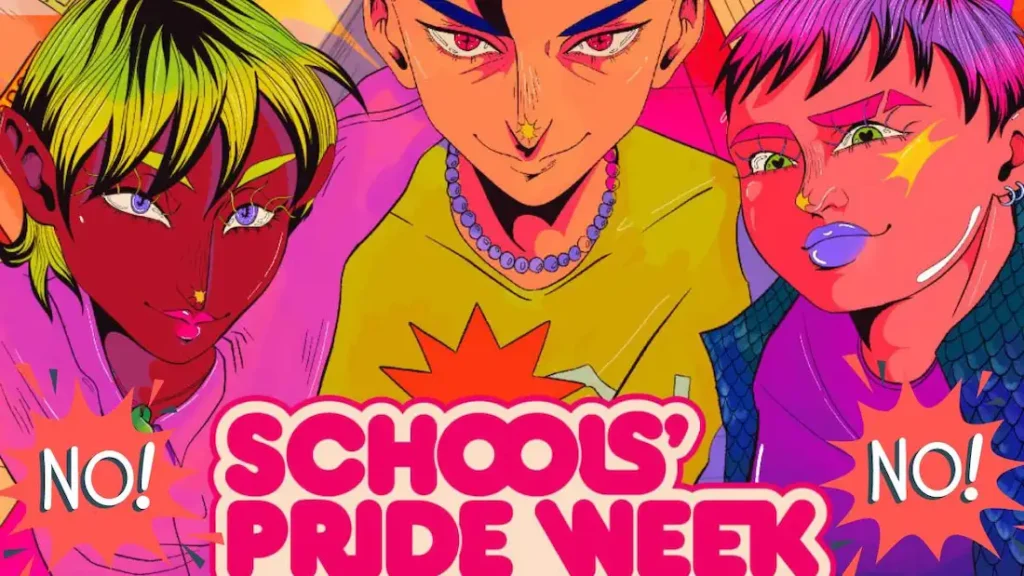Child sexual abuse imagery: Online growth stretches NZ investigator
NZ Herald 21 June 2021
Family First Comment: Shocking….
“As the problem has grown in scale and sophistication, our Five Eyes partners have developed “centres of excellence” to consolidate expertise… unlike our Five Eyes partners, New Zealand does not have a national strategy to deal with the issue… While Internal Affairs Minister Jan Tinetti has detailed to the Herald the international agreements to which New Zealand is a member, it appears to be a patchwork. The Herald discovered those links do not include an information-sharing agreement with Europol, the European Union’s law enforcement agency. Europe is a world centre in trafficking of child sexual abuse material.”
In New Zealand, we have three separate agencies that investigate and prosecute online child sexual exploitation.
There is the DIA, where just shy of 12 staff (11.875 full-time equivalent staff) triage the NCMEC’s CyberTipline reports to New Zealand. It will investigate and prosecute some.
Others are sent to Customs, which has 14 staff, or the police’s OCEANZ (Online Child Exploitation Across New Zealand) team, which has 11 specialist staff. Alongside the NCMEC reports, each team generates its own work. Investigators across the agencies cooperate daily, and through the tri-agency Taskforce Ruru, despite being spread across a range of locations.
It’s a structure that is “far from ideal”, according to ECPAT Child Alert director Eleanor Parkes. While she is enthusiastic about the work done by committed and hard-working staff, she says there is so much more that could be done in an area that has struggled for years to receive attention or resourcing.
In contrast, as the problem has grown in scale and sophistication, our Five Eyes partners have developed “centres of excellence” to consolidate expertise.
ECPAT Child Alert – the non-government agency named for its goal to End Child Prostitution and Trafficking – backs the enforcement and prosecution efforts of the tri-agency effort but says it doesn’t keep pace with the scale of the problem.
“Right now we see a small handful of staff from Customs, DIA and NZ Police stretched across all of the abuse that exists on the dark web, so of course they have to prioritise.”
‘Tip of the iceberg’
Data gathered by the Herald shows DIA, Customs and Police prosecuted between 80 and 100 people a year from 2017 to 2019 on charges relating to possession of child sexual abuse material. The near 100 per cent conviction record relies as much on a quirk of the offending type as anything – those accused tend to plead guilty quickly to avoid a public trial and, in some cases, to avoid having investigators dig deeper into encrypted material.
Parkes said the number of convictions was “just tapping the very tip of the sexual exploitation iceberg in New Zealand”. It’s a view also held by Customs, with a briefing from the agency saying “it is likely that there are a vast number of people who are not being prosecuted”.
READ MORE: https://www.nzherald.co.nz/nz/child-sexual-abuse-imagery-online-growth-stretches-nz-investigators/6OVBIMXMHFJLV5VGF2RX45YSLU/
Open access: How NZ’s child sex abuse image filter stopped working
NZ Herald 21 June 2021
An internet filter that blocks child sexual exploitation imagery from entering New Zealand stopped working for two months, allowing access to images and videos of abuse from banned sites.
Since the two-month outage last year, the Digital Child Exploitation Filter has failed on two other occasions, allowing access to online child sex abuse material.
The failure of the filter emerged in Herald inquiries into our national approach to detecting, investigating, preventing and prosecuting online child sexual exploitation.
The investigation has also raised questions about our national approach, as other Five Eyes countries focus their efforts on national centres of excellence.
New Zealand runs its detection and enforcement through three government agencies staffed by 35 people. We have no national strategy, instead relying on a model approach for nations devised by an international NGO.
READ MORE: https://www.nzherald.co.nz/nz/open-access-how-nzs-child-sex-abuse-image-filter-stopped-working/DD4KY3VYQ2QNGXTZFFS4ZD3ZIU/




